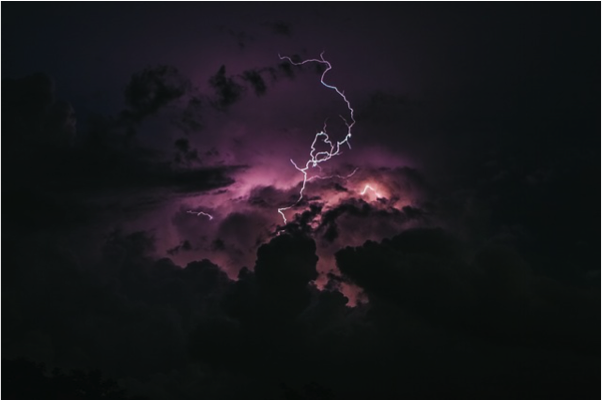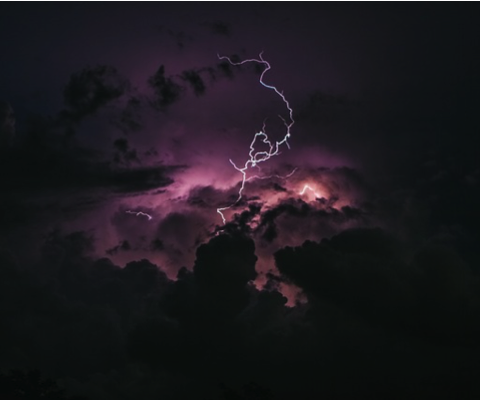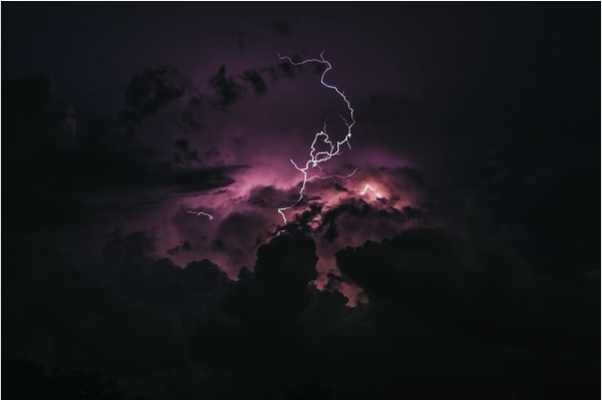 Scientists and scholars alike have had a longstanding fascination with lightning. Of course, the most famous student of this natural phenomenon, Benjamin Franklin, was also one of the first to study and document the dangers and effects of lightning. His research dates back to the 1700s.
Scientists and scholars alike have had a longstanding fascination with lightning. Of course, the most famous student of this natural phenomenon, Benjamin Franklin, was also one of the first to study and document the dangers and effects of lightning. His research dates back to the 1700s.
Technology and knowledge have evolved since Franklin’s time, when the only method of protection was a simple lightning rod. Today, electrical engineers know the need for full facility lightning protection to defend everything from the structure, to personnel, to valuable electronic equipment, from strikes.
Need a refresher? Read below to learn the basics of lightning risks, as well as common lightning protection methods to lessen damages.
3 Types of Lightning Risks
Before implementing a lightning protection system, it’s important to understand the risks associated with lightning. Three types of lightning risks that can cause injury or facility downtime.
- Step potential: An indirect lightning strike that is potentially lethal. Step potential refers to the ground current that occurs when the lightning strike dissipates into the earth, which can be transmitted into a person in the area of the strike.
- Touch potential: A direct lightning strike that is captured and carried by a metallic object, which a person comes into contact with directly. Commonly occurs in fences and support towers.
- Side flashing: During a lightning flash, the rapid rate of current rise can cause down conductors or natural objects to flashover to a nearby person or object.
While no system can completely ward off the lightning risks above, proper protection systems can help safeguard your facility, personnel and electronic devices.
Basic Lightning Protection Systems
In general, a lightning protection system must perform the following in order to be considered effective:
- Intercept lightning flashes
- Conduct the lightning current to the earth
- Dissipate the current to the earth
- Create an equipotential bond to prevent potential differences between the system, structure and internal circuits
Furthermore, a lightning protection system is categorized into two parts. The first is the external lightning protection system, which intercepts, conducts and dissipates the lightning flash to the earth. Second, the internal system that prevents flash over within the structure using equipotential bonding.
Also note that while lightning protection systems are generally implemented via a network of bonded air terminals and down conductors, alternative systems that capture the strike and conduct the discharge through an insulated conductor to the ground are available, such as the ERICO SYSTEM 3000.
Want more on lightning protection? Download our latest whitepaper, “Interception Efficiency of CVM-Based Lightning Protection Methods” to learn how new lightning protection systems are a viable alternative to conventional methods.
Image credit: Pixabay, CC0 Public Domain


